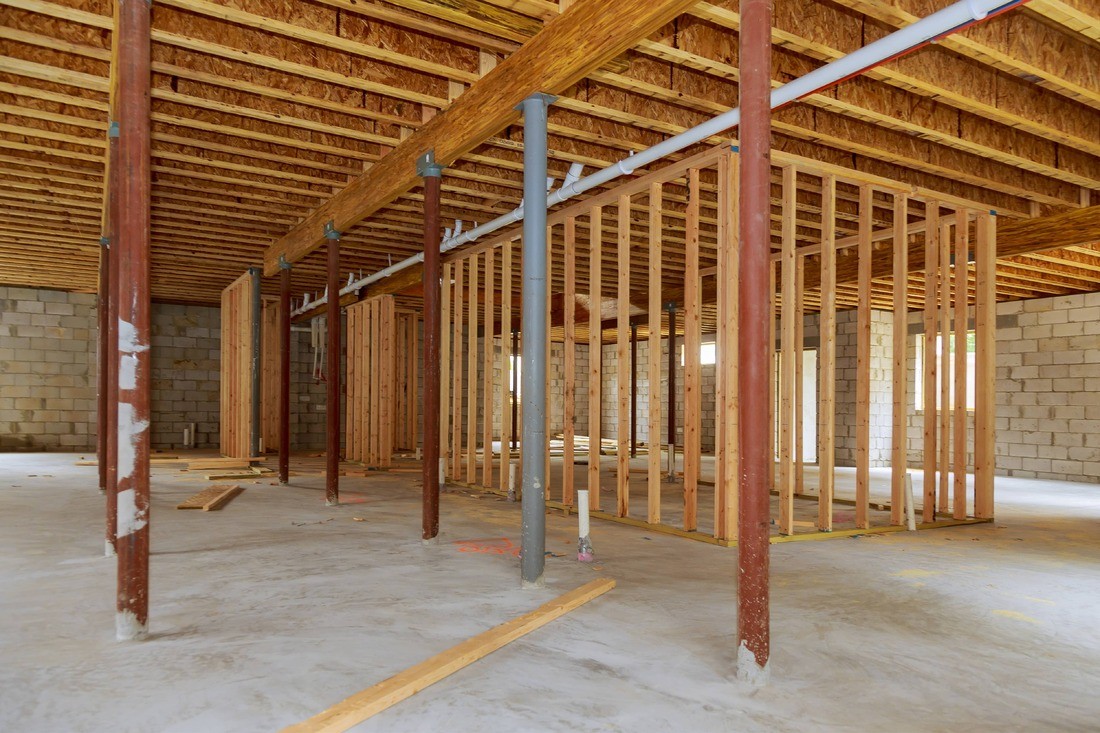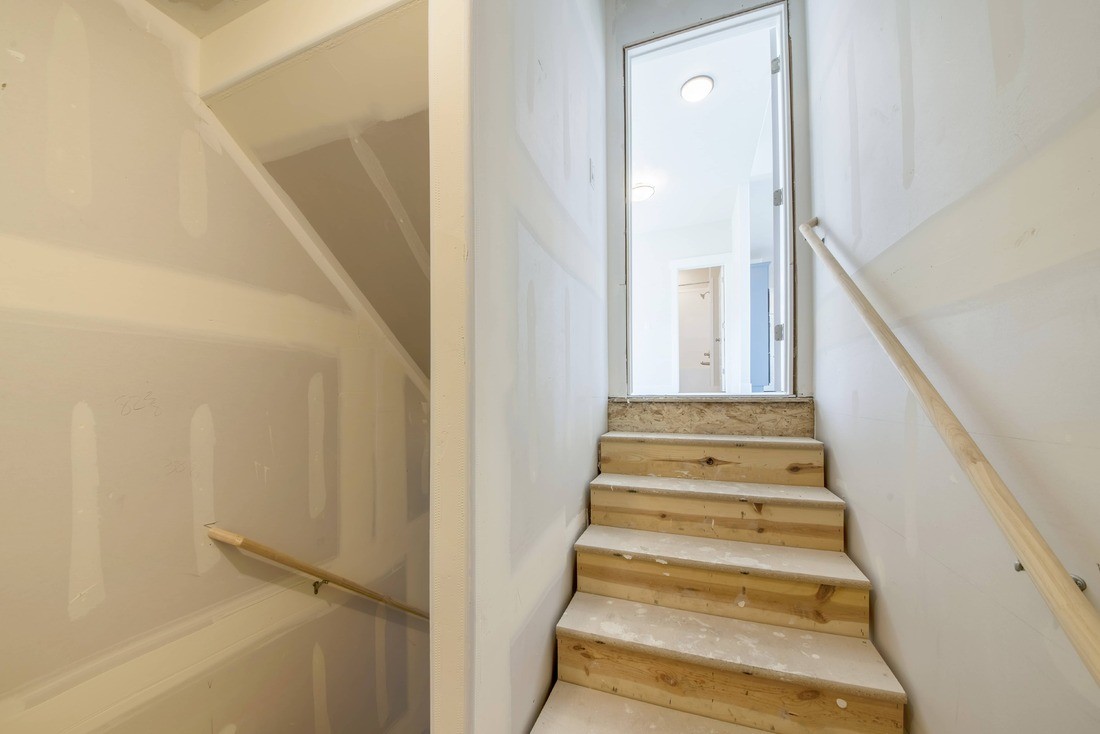
Restoring Basement Insulation after Water Damage
Water damage in a basement can be a distressing experience for homeowners. Aside from the immediate concerns of removing the water and drying out the area, it’s crucial to address the damage to the insulation in order to prevent further issues. Restoring basement insulation after water damage is essential for maintaining a comfortable and energy-efficient living environment. In this article, we will explore the steps involved in restoring basement insulation and provide tips for preventing future water damage.
1. Assessing the Damage

The first step in restoring basement insulation is to assess the extent of the damage. Insulation that has been exposed to water may become compressed, discolored, or develop a musty odor. Insulation that is severely damaged may need to be completely removed and replaced. However, if the damage is minimal, it may be possible to dry and salvage the insulation.
2. Removing the Moisture
Before beginning the restoration process, it’s crucial to remove any remaining moisture from the basement. This can be done through the use of dehumidifiers, fans, and proper ventilation. It’s important to note that the affected area should be completely dry before moving forward with the restoration.
3. Cleaning and Disinfecting
If the insulation has been exposed to contaminated water, such as sewage or floodwater, it’s important to clean and disinfect the area thoroughly. This will help prevent the growth of mold and bacteria. Use a suitable disinfectant recommended for use on insulation materials and follow the manufacturer’s instructions carefully.

4. Drying and Restoring Insulation
If the insulation is salvageable, it can be dried and restored. This process may involve carefully removing the insulation from the affected areas, drying it thoroughly, and reinstalling it once the area is completely dry. It’s crucial to ensure that the insulation is not damaged or degraded in the process. If in doubt, it’s advisable to consult a professional for assistance.
5. Preventing Future Water Damage
Once the basement insulation has been restored, it’s important to take steps to prevent future water damage. This can be achieved by addressing any underlying issues, such as poor drainage systems, leaking pipes, or inadequate sealing around windows and doors. Regular maintenance and inspections can help identify and address potential issues before they cause significant damage.
6. Seek Professional Assistance
In some cases, restoring basement insulation after water damage may require the expertise of a professional water damage restoration company. Professionals have the knowledge, experience, and specialized equipment to effectively assess and restore the insulation. Additionally, they can provide valuable advice and recommendations on preventing future water damage.
Restoring basement insulation after water damage is a crucial step in maintaining a comfortable and energy-efficient living environment. By assessing the damage, removing moisture, cleaning and disinfecting, drying and restoring the insulation, and taking steps to prevent future water damage, homeowners can restore their basement insulation and minimize the risk of future issues.



